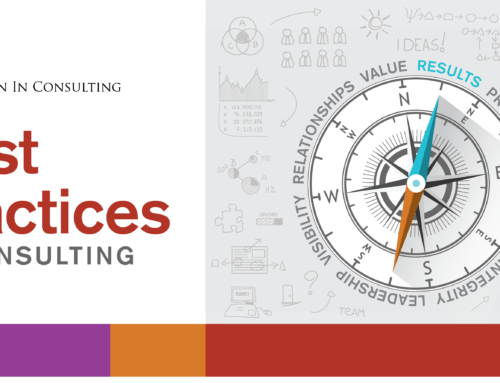Ever had a nagging problem that you or your team just can’t solve, or for some reason doesn’t solve? Or a problem that seemed beyond your problem solving skills, but then ended up almost melting away once you finally tackled it?
Why do these problem-solving impasses occur? Often times the difficulty is not the problem itself but you or your team’s attitude toward it. In my experience, there are usually three key reasons why problems don’t get solved: you don’t know what the problem really is, it doesn’t hurt enough (yet) and/or you don’t believe circumstances can or will actually get better.
Let’s look at each in more detail, along with a few problem solving skills for moving beyond the “No Progress” zone:
1. You don’t know what the problem really is.
Maybe you know something is wrong. Then, in your eagerness to be done with it, you take a guess at what’s going on, and get to work fixing it. All too often, though, that first, fast guess is wrong. Then you find you’ve wasted time and money, and that only makes the problem seem worse.
Or perhaps the problem you’re addressing is just a cover for a much more challenging issue that lurking beneath it, maybe one you’re reluctant to address. Focusing on the current problem can often be a form of protection from things you really don’t want to face.
What can you do if working on the wrong problem is the reason you’re busy, but making no real progress? Make time, and muster up the courage to identify what your real problem is, and what is causing it. Then make that cause go away, and the problem will go away, too.
2. It doesn’t hurt enough (yet).
Perhaps you have a high threshold of pain, or the company or team you work with does. High tolerance for pain can be a good thing, up to a point. Some companies and teams even seem to pride themselves on how much pain and stress they can endure, even when they have good problem solving skills and could otherwise prevent it. High tolerance for pain can prevent you from seeing, acknowledging and solving problems when they’re easiest and least expensive to address.
What can you do if this is your problem? Pay closer attention. Notice the signs of change in performance and attitude, whether positive or negative. Find objective ways to track significant actions and desired outcomes. Look for trends. That information will help you to know if conditions are getting better, or worse. If things are actually getting worse, maybe its time to switch into problem solving mode.
3. You don’t believe circumstances can or will get better.
If this is the case, you or your organization may believe that others’ luck is just superior to yours. And at times in the past, maybe that has been true–to some extent. A big part of “luck,” however, is doing the work necessary to be well-prepared when great opportunities came along. Luck is also a by-product of active effort to make things better, not just hoping that they will improve someday.
You also have to believe that change is possible for it to occur, and to “stick.” You can’t make change you can’t imagine, and you don’t keep change that you can’t or won’t accept.
Practice, stretch and grow your capacity for handling success. Be ready to enjoy the benefits you say you want. One good way to start is by learning about others who faced, and met similar challenges, even if they couldn’t initially believe success could really be “theirs.” Envision. Expect. Create. Accept. Enjoy.
Learn to view unsolved problems as opportunities for growth, and then take the risk and put your problem solving skills to work. You’ll soar to new heights and enjoy the increased ease and success that removing an as-yet-unsolved problem brings.







